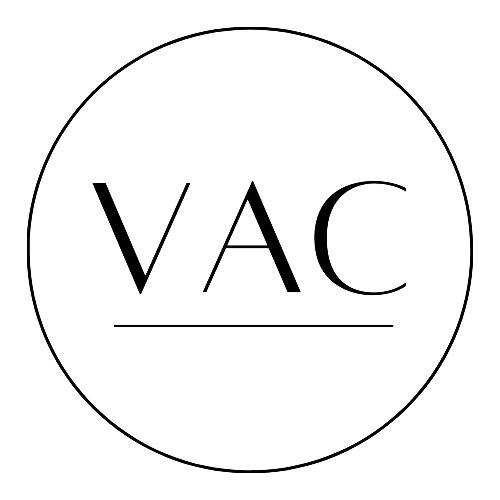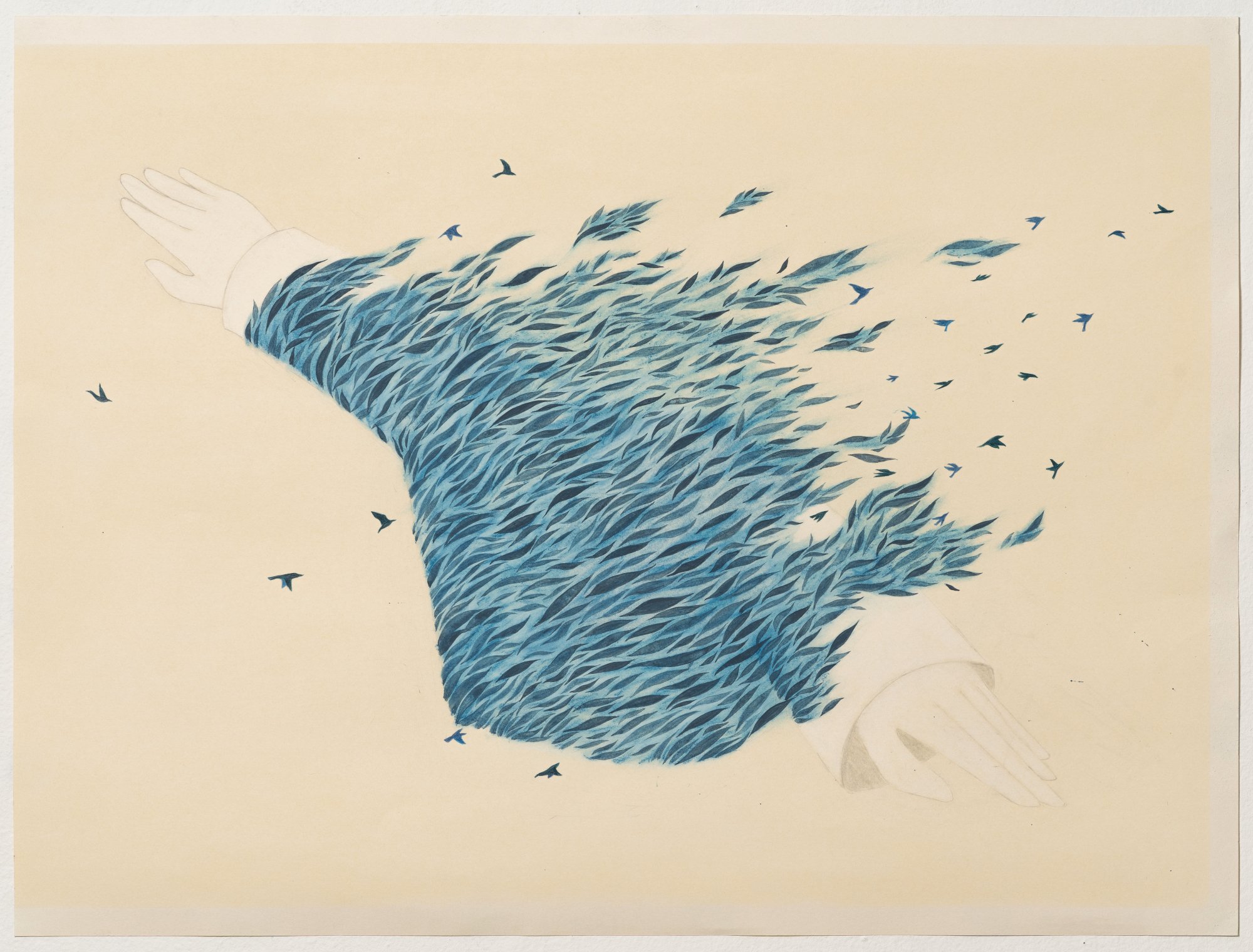Woosik Choi: Fleeting Moments
Woosik Choi is a New York-based visual artist whose work explores themes of communication, adaptation, and cultural coexistence through drawing and painting. Guided by a sense of emotional subtlety and everyday familiarity, Choi captures fleeting moments of life and translates them into soft, dreamlike landscapes. His imagery—often featuring houses, trees, and gently flowing scenery—offers a poetic reflection on the idea of inhabiting space beyond the physical. Choi holds an MFA in Fine Arts from the School of Visual Arts and has exhibited at venues including New Collectors, SVA Chelsea Gallery, Main Street Arts, and CICA Museum. His work invites viewers into a quiet, fairy tale-like world where memory, imagination, and emotion coexist.
How did your creative journey begin?
Since I was young, I was deeply drawn to visual media like picture books, animation, and films. They allowed me to imagine worlds I had never experienced. Some of my happiest moments were visualizing those imagined worlds with just paper and pencil, creating stories of my own. That was the beginning of my creative journey. For me, creating became a way to connect with the world, and also a way to expand and explore my inner world. These experiences naturally led me to the path of visual art. As I began studying art more seriously, I explored various mediums and learned how to go beyond making work just for myself. By sharing my work with others, I was able to discover ways of creating communication through art. This process made me think more deeply about the possibilities of art and my passion deepened for creating. Currently, I continue to discover and explore those intimate moments of connection with others through art, and that journey remains ongoing in my art.
You mention finding inspiration in "small, familiar moments" from daily life. How do you decide which moments to capture, and how do you convey the significance of these moments through your art?
I don’t usually decide in advance which moments to capture. Instead, I come across small, familiar sensations while walking or recalling a memory—these subtle feelings often stop me in my tracks. When that happens, I try to fully immerse myself in the moment.
These moments make me feel as though I exist outside the boundaries of physical space. They are very brief, but they give meaning to my presence simply because I paused and stayed with them. To remember these easily fading scenes, I translate the emotions, thoughts, and sensory impressions I experienced into my work. My process begins by building a background with soft pastel, which I feel resembles the fragile and ephemeral nature of those moments. On top of that background, I visualize symbolic images that reflect the emotions and sensations I felt, creating traces or clues to preserve the memory. Through this process, I aim to convey the quiet intensity and beauty of everyday encounters, and invite viewers to reflect on their own moments like these.
Your work often incorporates symbols like houses and trees. Are there personal or cultural meanings tied to these symbols?
The symbolic images in my work are deeply connected to my personal experiences and memories. The tree represents the people I’m connected to, such as family and friends, while the house symbolizes my longing for stability and tranquility. These symbols don’t stem from spontaneous inspiration, but rather from an accumulation of lived experience. That’s why a single image in my work can often carry multiple layers of meaning.
Because my work is rooted in personal narratives, the visual symbols I use are carefully explored through my own history. I believe this process is what brings authenticity to my practice. For this reason, in the early stages of creating a piece, I spend a significant amount of time searching for the right visual metaphors and building my own visual vocabulary.
At the same time, these symbols are not intended to impose a fixed interpretation on the viewer. Instead, they serve as visual tools that invite the viewer to reflect on their own stories and discover personal meaning within the work.
What does a typical day in the studio look like for you, and how has your art practice grown or changed?
Recently, I’ve been trying not to obsess over how many hours I spend in the studio. Of course, maintaining consistency and dedicating time to the practice is important as an artist. But ironically, when I become too focused on time, I sometimes find myself drifting away from the original idea, or even from the work itself. That’s why I’ve been trying to find a more balanced rhythm in my practice. Lately, I’ve also felt a subtle shift happening in my work, so I’m following that internal change by allowing myself to flow with the unconscious, rather than trying to control it. Instead of forcing a clear outcome, I focus on writing down fragments of visual hints and ideas that come up during this process. I look forward to seeing how these fragments eventually come together and transform into something new in my visual language.
Which experiences have impacted your work as an artist?
I don’t believe that a single specific experience has shaped my work as an artist. Just as all of my life experiences accumulate to shape who I am, they are also embedded in my practice. My work reflects my personal history, which includes not only my own experiences but also the ones I’ve shared with others.
In this way, my personal and collective histories are interconnected, and I believe that’s why, although my work tells personal stories, it can ultimately speak to broader human experiences.
Recently, I’ve been spending more time listening to the stories of others and experiencing their lives indirectly through their words. At first, I thought these stories had nothing to do with me, but as I listened more closely, I discovered shared emotions, thoughts, and even similar life experiences. I think these moments of connection might become inspiration for my next body of work.
How has social media impacted your work?
I see social media as my own personal gallery. But rather than being a specific or fixed space, it feels more like exhibiting my work along a road. Through social media, my work is shown to a wide and undefined audience. I imagine that those who come across my work are like people passing by on the street who unexpectedly stop to look at something that catches their attention. Likewise, I can also easily see the works of other artists and quickly access information about their practices. Social media also makes communication much easier, both among artists and between artists and viewers. The ability to connect without being limited by physical distance helps foster a more intimate community. From this perspective, I see social media as a form of gallery where accessibility has been greatly expanded. It creates an environment where artworks can be shared freely, discovered unexpectedly, and experienced without boundaries.
Are there any new techniques, themes, or concepts you’re currently exploring or planning to explore in future works?
Lately, I’ve been exploring ways for my work to feel more intimate and accessible to viewers. Because my practice is largely based on works on paper, framing has always played an essential role in protecting the pieces. However, I’ve come to feel that traditional framing can sometimes create a physical and emotional barrier between the work and the viewer. That is why I am trying to keep the balance between the intimacy of works and the protection of works.
In response to this, I’m currently thinking about how the frame itself might be integrated into the artwork. What used to be just a tool for protection is now something I see as a potential extension of the work. By turning the frame into part of the visual language, I hope to maintain the protective function while also enhancing a sense of closeness and connection. For me, this is a way to rethink the boundaries of an artwork and explore how viewers engage with it on a more personal level.






